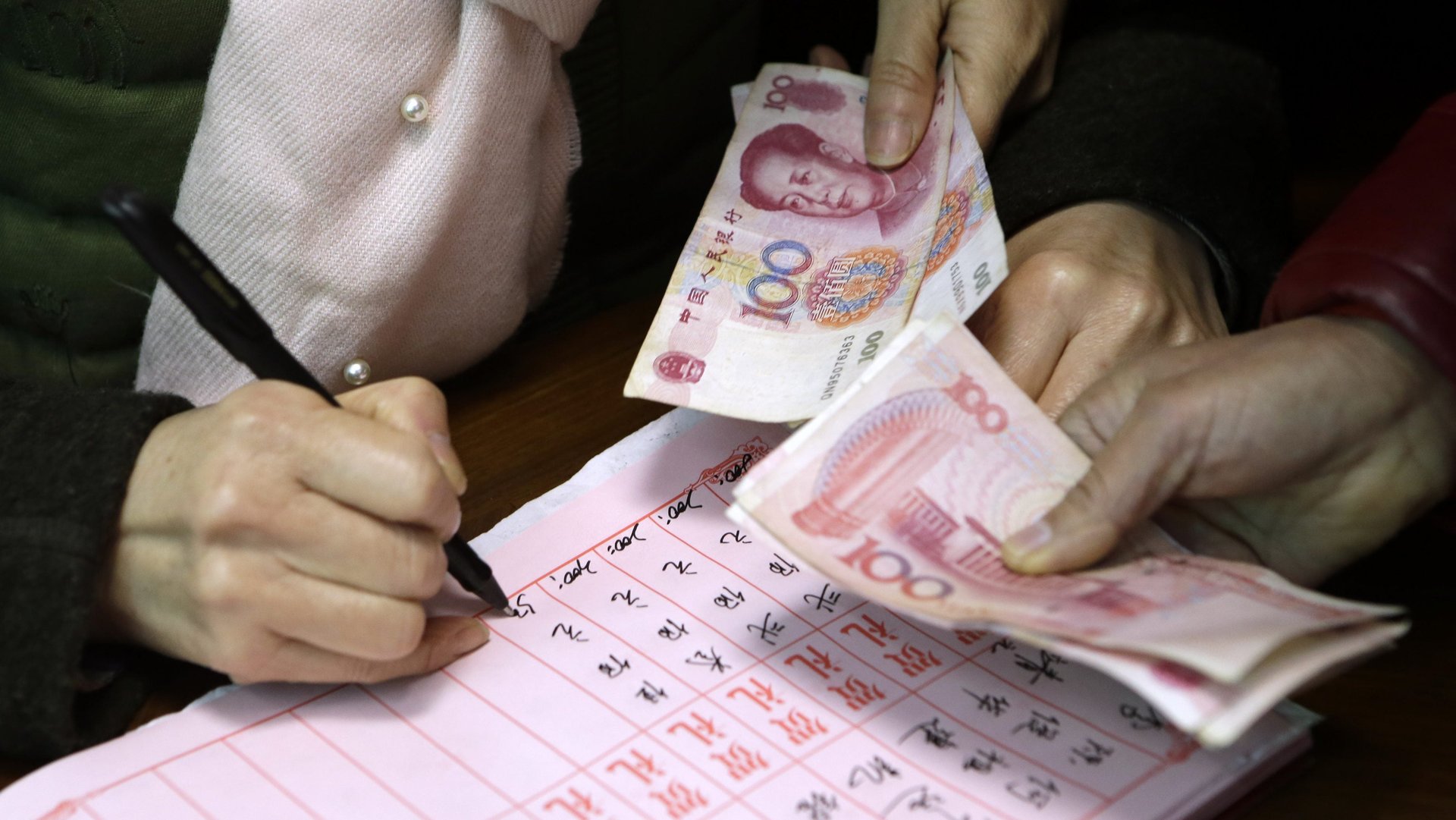No, China is not about to become the world’s largest aid donor
US president Donald Trump’s plans to slash the American government’s overseas spending has led to a rash of speculation that China could emerge as a new “global leader” on everything from free trade to the world’s fight to combat climate change.


US president Donald Trump’s plans to slash the American government’s overseas spending has led to a rash of speculation that China could emerge as a new “global leader” on everything from free trade to the world’s fight to combat climate change.
A recent news report suggests China could become the world’s most generous country as well. “With US poised to slash foreign aid, China in pole position to become world’s biggest donor,” The South China Morning Post reported today (Oct 11).
That would be a big turnaround—when it comes to foreign aid, the US has been the world’s most generous individual country by overall amount for decades (pdf, pg. 9). Even as China’s economy grew to become the world’s second largest in absolute terms, the ruling Chinese Communist Party’s aid donations to other countries have significantly lagged behind the US’s.
On a closer look, the news report is misleading. The study the article is based on (pdf), from AidData, a research lab at Virginia’s William & Mary College, does not suggest China is in “pole position” to be the world’s biggest aid donor. Instead, it breaks down China’s overseas finance by destination and type from 2000 to 2014, and shows that Beijing is sending much more money abroad, but most of that money can’t be described as aid.
China contributed over $350 billion in “official finance” to 140 countries and territories over that time, the study says. But much of that official finance wasn’t “official development assistance,” or aid, as defined by the Organization for Economic Co-operation and Development, the study notes. Aid, the OECD says, is finance specifically for local economic development or to improve welfare in the recipient country; it can’t profit the donor country; and at least 25% of the amount must be provided to the recipient as a grant.
“If we’re abiding by international rules, US foreign assistance still dwarfs China’s foreign assistance,” said Bradley Parks, executive director of AidData. “China is not playing the same game,” he said, because Beijing’s loans often come with some very serious strings attached. Often, the money must be used by the recipient country to buy materials or contracts from China’s state-owned companies, which would boost production and profits at home.
In other words, the loans are more like a company extending export credit to an overseas customer who buys its goods. When you compare actual “aid,” China lags the US substantially.
The data reflect the US government’s historical performance, not what it might do in coming years under Trump, of course. Nevertheless, Trump’s plans to severely trim the US’s overseas spending were mostly ignored by the US Congress in the last budget, indicating the president’s influence on foreign aid might be muted.